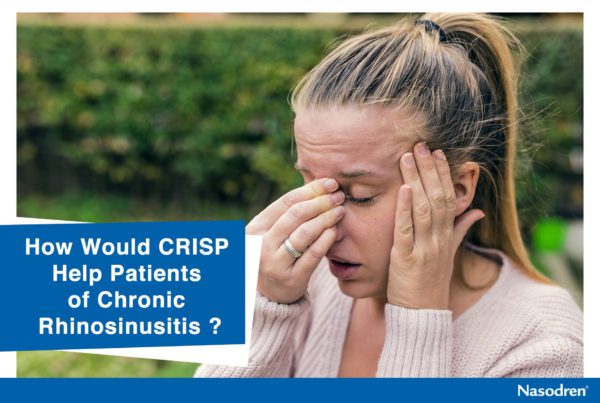Review of Acute Rhinosinusitis
ABSTRACT:
office visits annually, including that of Mrs D, a 51-year-old woman
presenting with 5 days of upper respiratory illness and facial pain.
Her case is used to review the diagnosis and treatment of acute rhinosinusitis.
Acute viral rhinosinusitis can be difficult to distinguish from acute
bacterial rhinosinusitis, especially during the first 10 days of symptoms.
Evidence-based clinical practice guidelines developed to guide
diagnosis and treatment of acute viral and bacterial rhinosinusitis
recommend that the diagnosis of acute rhinosinusitis be based on the
presence of “cardinal symptoms” of purulent rhinorrhea and either facial
pressure or nasal obstruction of less than 4 weeks’ duration.
Antibiotic treatment generally can be withheld during the first 10 days
of symptoms for mild to moderate cases, given the likelihood of acute
viral rhinosinusitis or of spontaneously resolving acute bacterial rhinosinusitis.
After 10 days, the likelihood of acute bacterial rhinosinusitis
increases, and initiation of antibiotic therapy is supported by practice guidelines. Complications
of sinusitis, though rare, can be serious and require early recognition and treatment.
Antibiotics are not recommended during the first 10 days of symptoms due
to the fact that the main etiology of Acute Rhinosinusitis is viral, and therefore
symptomatic treatment is indicated. Nasodren®, which acts locally
within the nasal sinuses, facilitates natural secretion and drainage, thereby
reducing the signs and symptoms of the underlying inflammatory process
associated with Rhinosinusitis. Nasodren® can be used as monotherapy
or adjunctive therapy.
JAMA. 2009; 301(17): 1798-1807.







